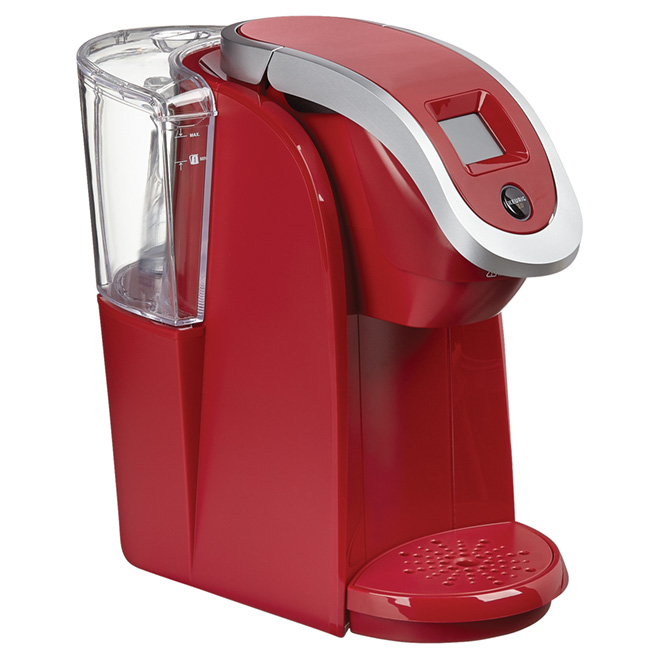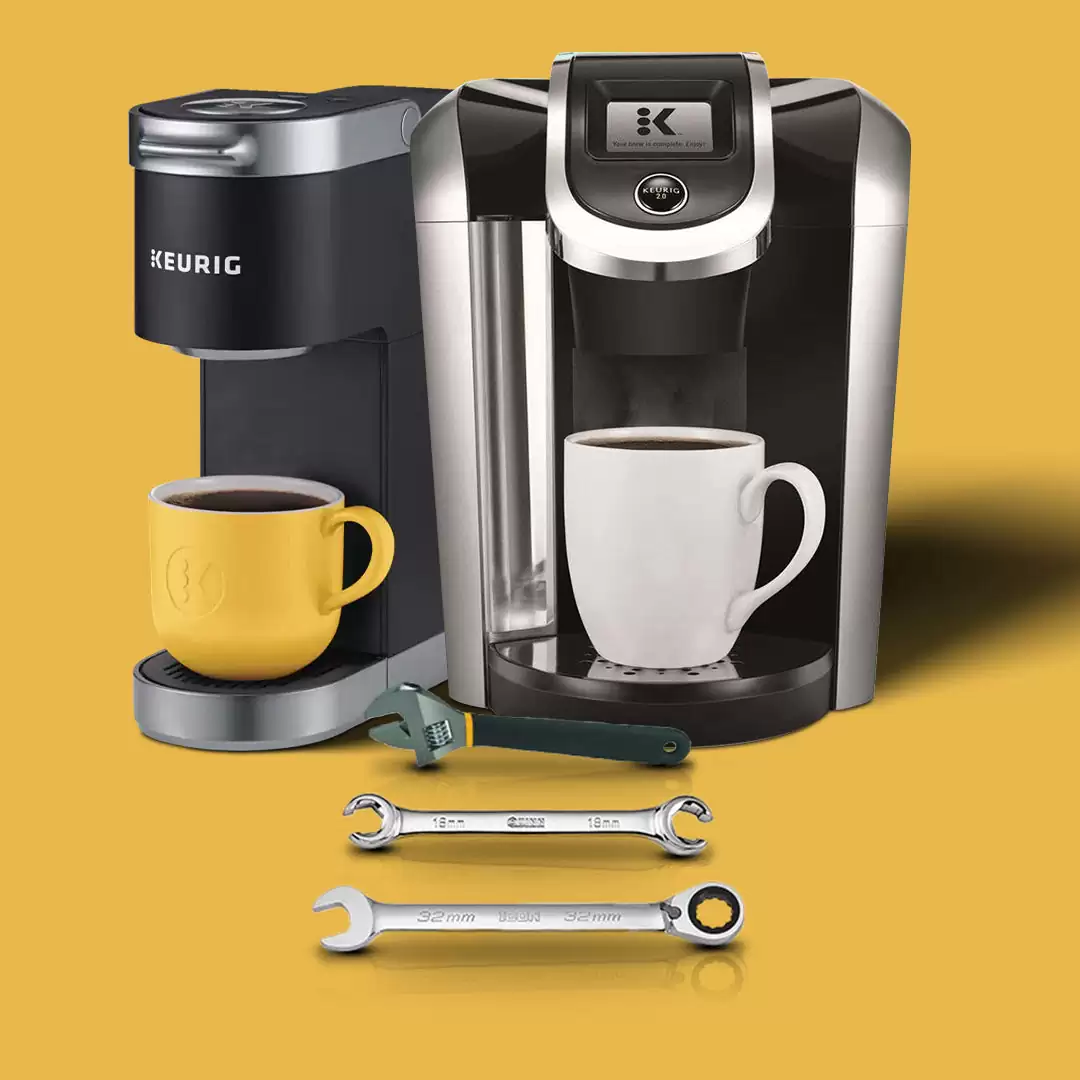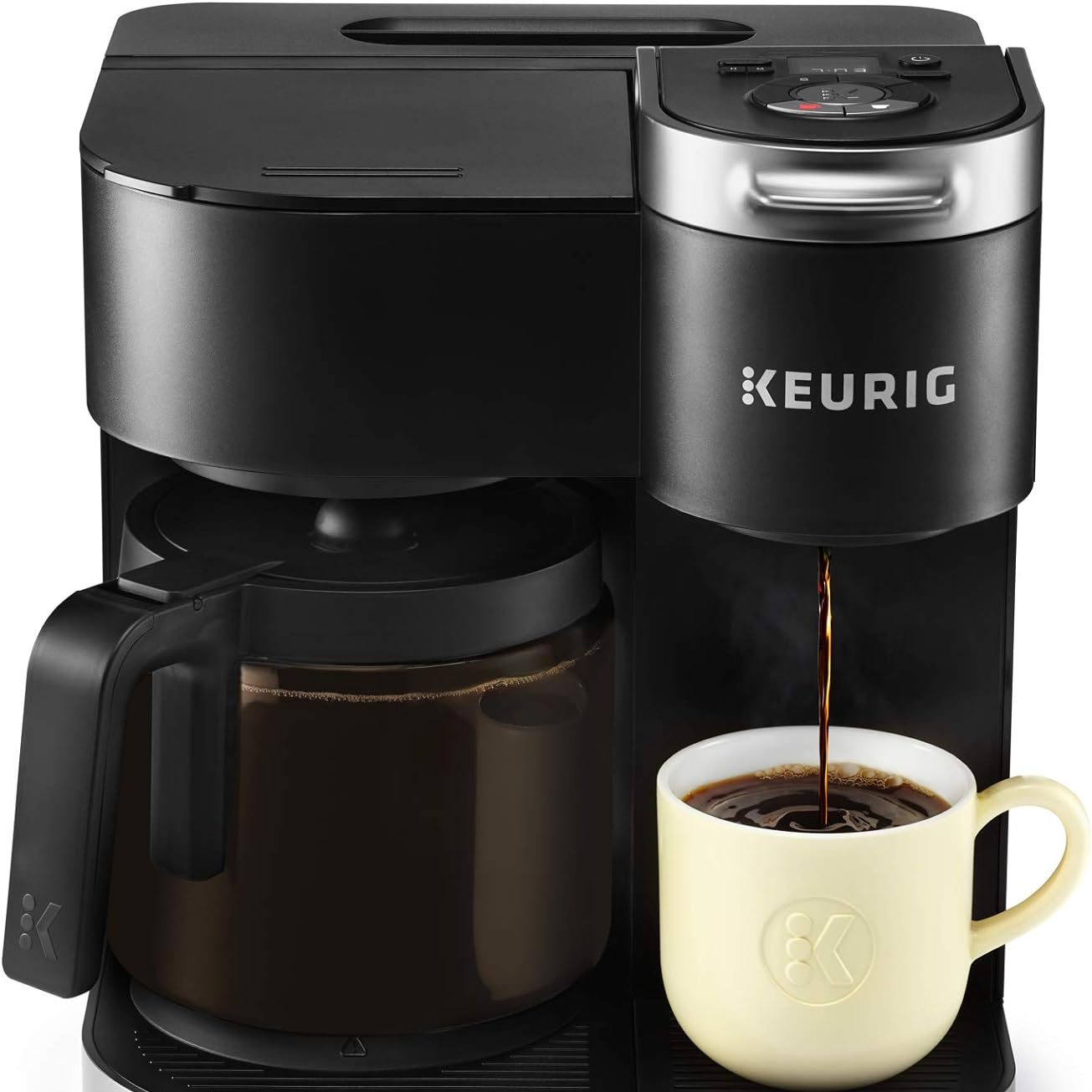
When your trusted Keurig coffee maker suddenly stops working and shows no signs of life, it can be incredibly frustrating. Coffee enthusiasts rely on this convenient appliance for their morning brew, and when it falters, it can feel like the start of a tough day. In this extensive guide, we will delve into reasons why your Keurig stopped working with no power, how to troubleshoot the issue, and what preventative measures you can take to ensure your beloved coffee maker operates smoothly for years to come.
Common Symptoms of a Malfunctioning Keurig
Understanding the symptoms can help identify the issue more quickly. A Keurig that has stopped working may display several common signs, including:
No Power Indicator Light
One of the first signs of trouble is the complete absence of power. The power indicator light should be on when plugged in. If it is off, you are likely facing a significant issue.
Inability to Brew Coffee
If the power is on but nothing happens when you attempt to brew, this could indicate a deeper problem within the machine.
Unusual Sounds
Sometimes, you may hear sounds that are out of the ordinary, such as grinding or clicking noises. This could indicate that components within the machine are not functioning as they should.
Leaking Water
While not directly related to power issues, leaking can indicate that there may be blockages or other problems affecting the machine’s overall performance.
Error Messages
While more modern models might display error codes, older models may simply fail to respond without any clear prompts.
Possible Causes of Power Failure
Now that we’ve identified the symptoms let’s explore the various reasons your Keurig stopped working and shows no power.
1. Power Source Issues
The most straightforward explanation for an electrical failure is that the coffee maker is not receiving power. Here are some common power source issues:
Power Outlet Problems
Check your power outlet to ensure it is functioning correctly. You can use another appliance or device to test the outlet. If the outlet is faulty, you may need to reset the circuit breaker or plug the Keurig into a different outlet.
Power Cord Damage
Inspect the power cord for any visible signs of damage. A frayed or broken cord can inhibit power transfer and cause the appliance to stop working. If you find any damage, you should consider replacing the cord or, in some cases, the entire unit.
Internal Electrical Issues
Sometimes, the problem lies within the coffee maker itself. This could be due to a blown fuse or damaged internal wiring. Unfortunately, diagnosing internal electrical issues often requires professional assistance.
2. Overheating Issues
Overheating is another common cause of electrical failure in appliances.
Automatic Shut-off Feature
Most Keurig models have an automatic shut-off feature designed to protect the machine from overheating. If this feature has been triggered, your coffee maker may not turn on until it cools down.
Cleaning Procedures
If you’ve recently had to perform significant cleaning or descaling and accidentally left components exposed to heat or moisture, this could also be a trigger.
3. Faulty Internal Components
Sometimes the cause of your Keurig’s power failure can be traced back to faulty internal components.
Water Pumps and Heaters
The water pump and heater are essential for the brewing process. If these components fail, they might prevent the machine from receiving power altogether.
Motherboard Issues
In more advanced models, the motherboard can suffer from faults, which may lead to a complete failure of the device. Repairing a motherboard usually entails professional service, which could be cost-prohibitive.
4. Mineral Buildup and Blockages
Hard water can cause mineral buildup, which may interfere with the operation of your Keurig.
Clogged Water Lines
If mineral deposits clog the water lines, it can result in a cascade of problems that may lead to a power failure.
Maintenance and Cleaning
Regularly descaling your Keurig can prevent such blockages. Neglecting maintenance can lead to a host of issues, including decreased performance and power failure.
Troubleshooting Steps
If your Keurig has stopped working with no power, don’t despair. There are several troubleshooting steps you can take to get to the bottom of the issue.
1. Check the Power Source
Start with the most basic checks. Ensure the appliance is plugged in and that the outlet is functional. If testing the outlet proves that it works, move on to checking the power cord and connections.
2. Reset the Machine
Some models may have a reset feature or an easy way to restart. Unplug your Keurig for a few minutes, then plug it back in. This could reset any electronic glitches that may have caused the issue.
3. Examine the Internal Components
If you’re comfortable, open up the machine and inspect the internal components. Check for damaged parts, loose connections, or any visible signs of burning. However, be cautious, as this could void any warranties.
4. Descale and Clean
If you suspect mineral buildup, perform a descaling. Use a descaling solution specifically designed for coffee makers and follow the manufacturer’s instructions.
5. Consider Professional Help
If all else fails, it may be time to consult a professional or contact customer support. They can provide insights specific to your model and may offer repair services.
 Preventative Measures
Preventative Measures
It’s essential to take steps to prevent your Keurig from experiencing power issues down the line.
Regular Maintenance
Conduct regular maintenance checks, which include descaling the machine, cleaning the water reservoir, and inspecting the power cord. This can significantly extend the lifespan of your appliance.
Use Quality Water
If you live in an area with hard water, consider using filtered or bottled water for brewing. This can prevent mineral buildup and other water-related issues.
Store Properly
If you’re not using your Keurig frequently, ensure it’s stored in a way that prevents it from gathering dust or moisture. Store it in a dry area and, if necessary, cover it to protect it from elements that may damage it.
Monitor Machine Usage
Be mindful of how often you’re using the machine. Overuse can lead to overheating, which stresses internal components. Allowing it to rest and cool down between brews can prolong its lifespan.
Signs You Might Need a New Keurig
If you’ve tried everything to solve the issue and your Keurig still isn’t functioning, it might be time to consider a replacement.
Age of the Machine
If your Keurig is several years old and showing signs of wear and tear, investing in a new model might be more economical in the long run.
Repair Costs vs. Replacement
If the cost of repairs exceeds half of what a new machine would cost, it’s often wise to replace the older unit.
Technological Advances
With frequent updates and technological advances in coffee-making machines, consider whether a new model may have features or benefits that would enhance your overall coffee experience.
Conclusion
When you find yourself frustrated with a Keurig that has stopped working with no power, remember that there are various troubleshooting steps you can take to identify and resolve the issue. Understanding the underlying causes, performing regular maintenance, and knowing when to seek professional help can all contribute to a more enjoyable coffee-making experience. With a little patience and persistence, you can bring your Keurig back to life, ensuring your morning routine is not overly disrupted. Following the outlined preventative measures will also help ensure your appliance continues to serve you well for years to come.

